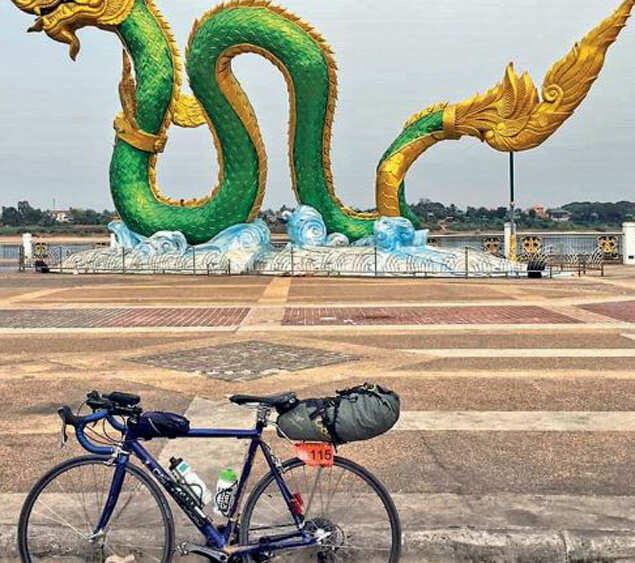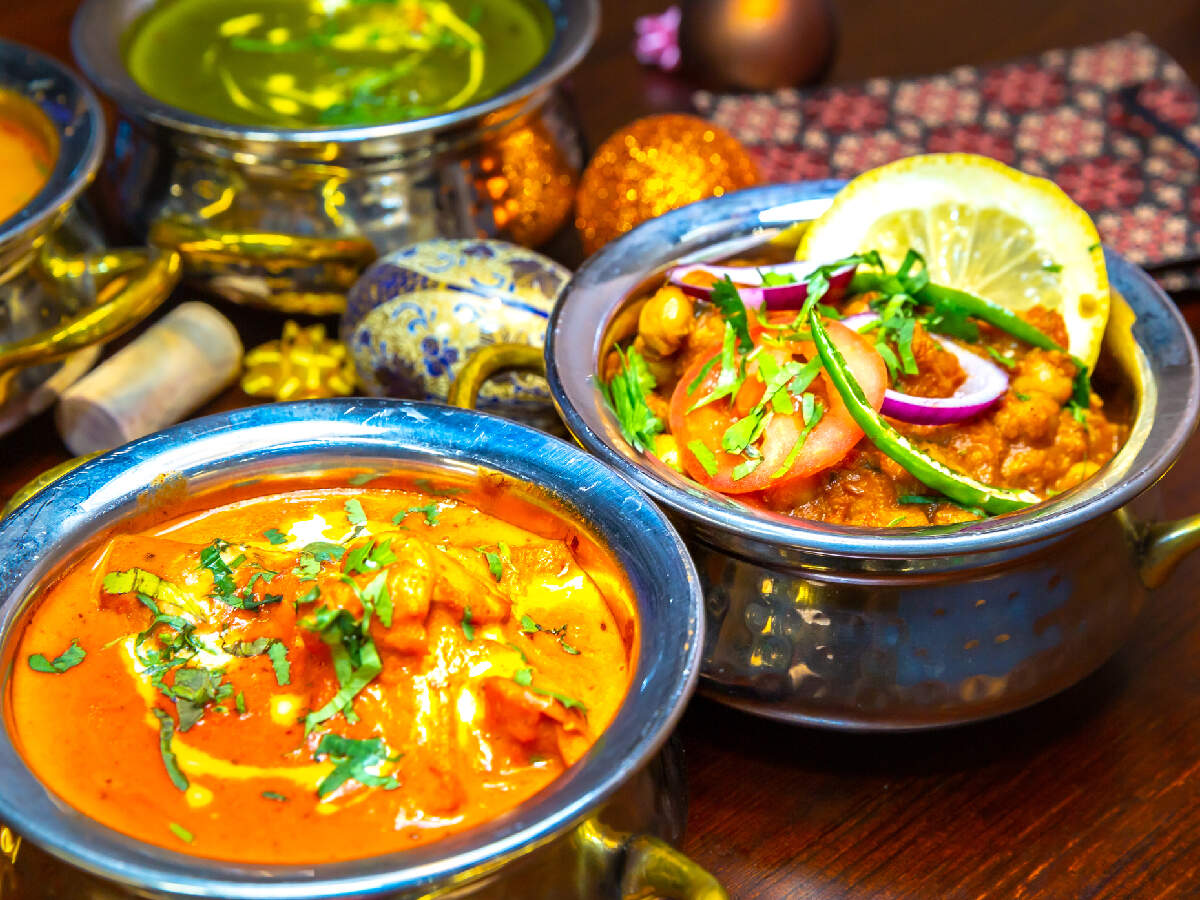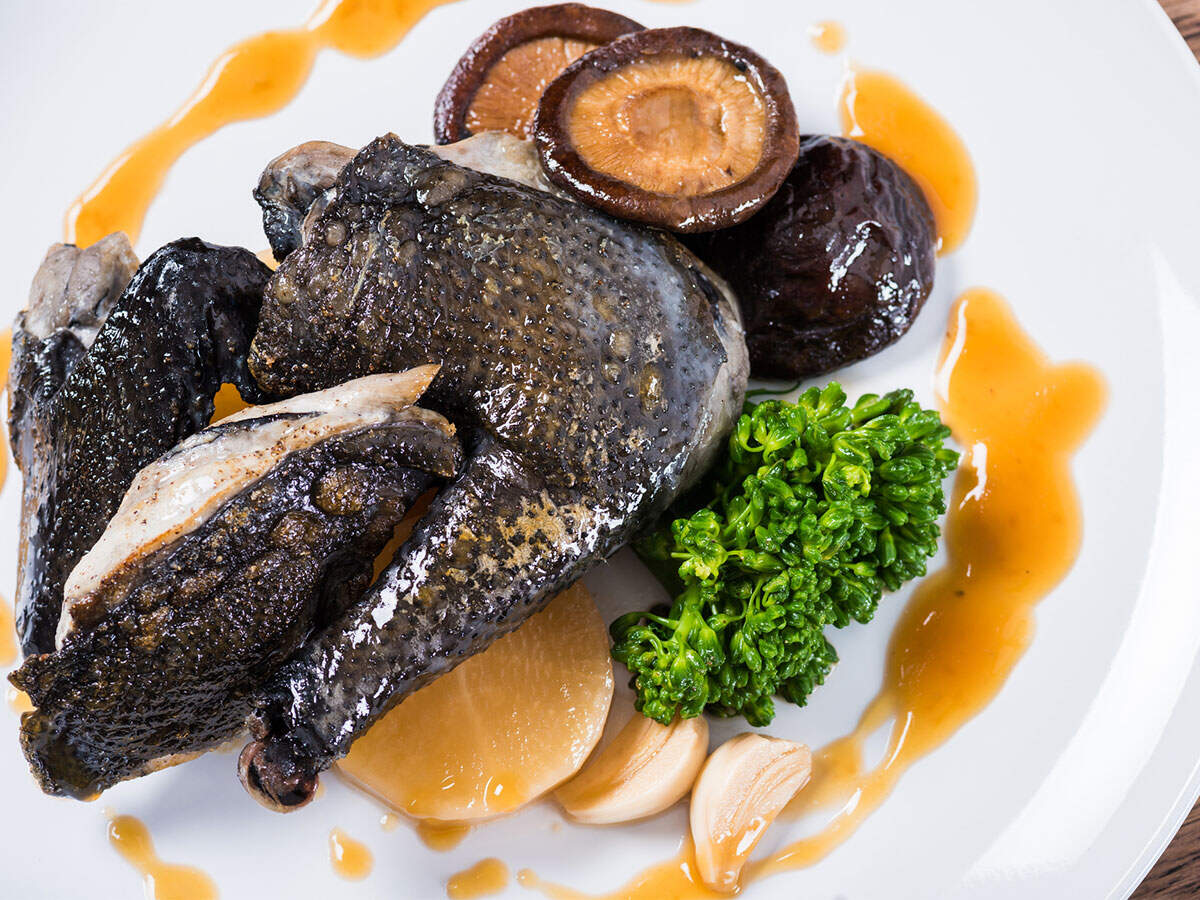
When Rajkumar Khot, a Pune based software engineer, set out for Thailand to participate in ISAN 2020, an endurance cycling event which entails pedalling 2,024km across northeastern Thailand, bordering Cambodia and Laos, he was ready for the extreme physical challenges and exhaustion. But nothing really prepared him for the “challenge” he would face from ferocious dogs which hounded him for most part of his journey.
“Initially, I pedalled as fast as I could. But around 10-15 dogs would chase us for a km or so, especially at night since we wore reflective clothes and sported high-powered lumen lights. It was not the best strategy. Some riders, who tried to speed, crashed and were bitten by dogs and had to abandon the ride,” Khot says.

So, he slowed down. “I used to shout at the dogs which stopped them from barking. I would walk some distance and then cycle. In India, I would whistle at the dogs, but it did not work on Thailand’s dogs,” he says. Khot came to know about ISAN 2020 when he went to France last year to participate in Paris–Brest–Paris Randonneur, which involves cycling non-stop for 90 hours over 1,230 km.
He started the ISAN 2020 ride on February 2 this year at 7am and completed it at 7.15pm, Thailand time, on February 8 in 156 hours 25 minutes, of the allotted 202 hours.
“Altogether, 181 riders from 30 countries, including the US, the UK, Hong Kong, Singapore, Indonesia, Italy, the Philippines, Australia, Canada, Germany, Japan and others, participated,” he says. Khot was among 12 riders from India and the only one from Pune.
It was very hot and humid in Thailand and he had a lot of uphill cycling in the hilly region across northeastern Thailand, the Isan region. “To prepare for high-altitude riding, I used to ride to Dive Ghat, Sinhagad Fort and Katraj every weekend. I also cycled to Bengaluru , Ooty, Wayanad and to Chennai, Hyderabad and Ahmedabad,” he said.
Khot had to participate in a series of brevets (timed, long distance road cycling) comprising 200km, 300km, 400km, 600km and 1,000km to qualify.
Food was a big problem for Khot, a vegetarian. “Though there were food and rest points after every 300km, mostly beef, chicken and sticky rice were available. But local 7 ELEVEN stores every 40-50km would have cold drinks, vegetarian noodles, coffee and tea. I had carried ready-to-eat poha and upma,” he says.
Saddle sores, shoulder pain, back pain and sleep deprivation bogged him down throughout his journey. “For the entire 156-hour duration of my ride, I hardly slept for one hour to one-and-a-half hours hours daily as the clock runs continuously,” he says.
But the actual rigours of the ride were different. “After riding for around 200km, I wanted to quit because I was not able to ride as fast as my fellow cyclists, but I persevered,” he says.
The first 200-300 km is a flat terrain without much greenery. Once they crossed 400km, they were near the Laos border which is green with rubber and sugar plantations. After crossing 600km, they reached the Mekong river. They next rode around 800km. On the way, they crossed temples, forests and a river. Day temperatures hovered around 40 degrees to 42 degrees celsius, but the nights were pleasant, Khot said.
Once he crossed 1,300km, it was mostly uphill and downhill. The most difficult part was between 1400km and 1600km “We had to climb 2-3 km and descend another 2-3 km. After 1,600km, it was all downhill. It was difficult to ride this stretch, especially at night, and I had to slow down considerably,” he says. Eventually, he managed to complete the ride much before the stipulated time of 202 hours.
Khot has already set his eyes on bigger goals. He intends to participate in the Full Ironman in Australia in May. Next year, he wants to participate in the 1,500km London-Edinburgh-London cycling event and the 6,000km Trans Am Bike Race across America.
“Initially, I pedalled as fast as I could. But around 10-15 dogs would chase us for a km or so, especially at night since we wore reflective clothes and sported high-powered lumen lights. It was not the best strategy. Some riders, who tried to speed, crashed and were bitten by dogs and had to abandon the ride,” Khot says.

So, he slowed down. “I used to shout at the dogs which stopped them from barking. I would walk some distance and then cycle. In India, I would whistle at the dogs, but it did not work on Thailand’s dogs,” he says. Khot came to know about ISAN 2020 when he went to France last year to participate in Paris–Brest–Paris Randonneur, which involves cycling non-stop for 90 hours over 1,230 km.
He started the ISAN 2020 ride on February 2 this year at 7am and completed it at 7.15pm, Thailand time, on February 8 in 156 hours 25 minutes, of the allotted 202 hours.
“Altogether, 181 riders from 30 countries, including the US, the UK, Hong Kong, Singapore, Indonesia, Italy, the Philippines, Australia, Canada, Germany, Japan and others, participated,” he says. Khot was among 12 riders from India and the only one from Pune.
It was very hot and humid in Thailand and he had a lot of uphill cycling in the hilly region across northeastern Thailand, the Isan region. “To prepare for high-altitude riding, I used to ride to Dive Ghat, Sinhagad Fort and Katraj every weekend. I also cycled to Bengaluru , Ooty, Wayanad and to Chennai, Hyderabad and Ahmedabad,” he said.
Khot had to participate in a series of brevets (timed, long distance road cycling) comprising 200km, 300km, 400km, 600km and 1,000km to qualify.
Food was a big problem for Khot, a vegetarian. “Though there were food and rest points after every 300km, mostly beef, chicken and sticky rice were available. But local 7 ELEVEN stores every 40-50km would have cold drinks, vegetarian noodles, coffee and tea. I had carried ready-to-eat poha and upma,” he says.
Saddle sores, shoulder pain, back pain and sleep deprivation bogged him down throughout his journey. “For the entire 156-hour duration of my ride, I hardly slept for one hour to one-and-a-half hours hours daily as the clock runs continuously,” he says.
But the actual rigours of the ride were different. “After riding for around 200km, I wanted to quit because I was not able to ride as fast as my fellow cyclists, but I persevered,” he says.
The first 200-300 km is a flat terrain without much greenery. Once they crossed 400km, they were near the Laos border which is green with rubber and sugar plantations. After crossing 600km, they reached the Mekong river. They next rode around 800km. On the way, they crossed temples, forests and a river. Day temperatures hovered around 40 degrees to 42 degrees celsius, but the nights were pleasant, Khot said.
Once he crossed 1,300km, it was mostly uphill and downhill. The most difficult part was between 1400km and 1600km “We had to climb 2-3 km and descend another 2-3 km. After 1,600km, it was all downhill. It was difficult to ride this stretch, especially at night, and I had to slow down considerably,” he says. Eventually, he managed to complete the ride much before the stipulated time of 202 hours.
Khot has already set his eyes on bigger goals. He intends to participate in the Full Ironman in Australia in May. Next year, he wants to participate in the 1,500km London-Edinburgh-London cycling event and the 6,000km Trans Am Bike Race across America.
Trending Topics
LATEST VIDEOS
City
 Watch: Artists perform at 4th Guwahati International Music Festival
Watch: Artists perform at 4th Guwahati International Music Festival  Days after Delhi riots, ‘shoot the traitors’ slogans raised at Rajiv Chowk metro station
Days after Delhi riots, ‘shoot the traitors’ slogans raised at Rajiv Chowk metro station  Gokulpuri ACP narrates horrific violent clashes in Northeast Delhi
Gokulpuri ACP narrates horrific violent clashes in Northeast Delhi  SP leader, bridegroom booked for celebratory firing during a wedding in Meerut, video goes viral
SP leader, bridegroom booked for celebratory firing during a wedding in Meerut, video goes viral
More from TOI
Navbharat Times
Featured Today in Travel
Get the app





